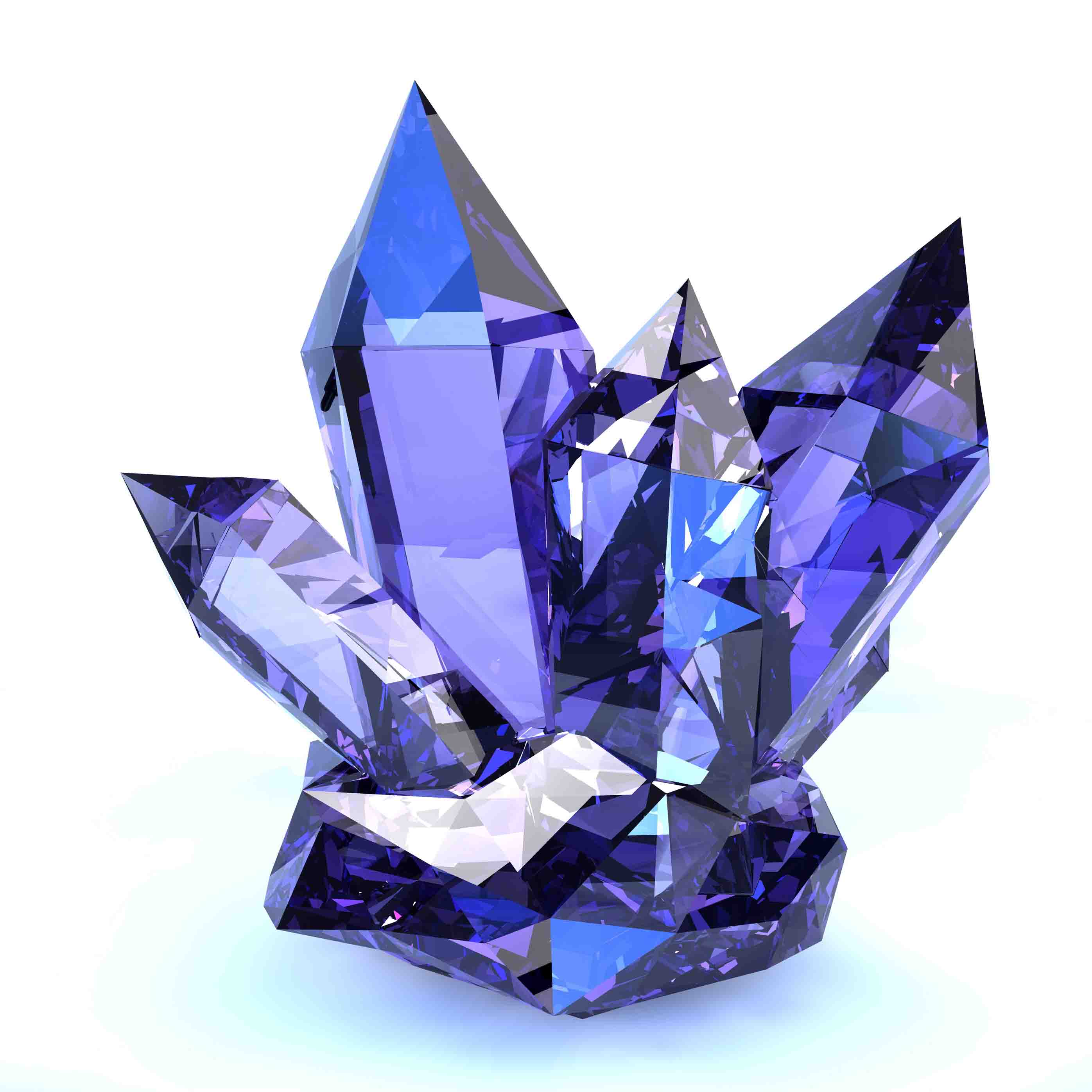
Popular Crystals And What They Are Used For
Making Glass from Minerals; 4.2 The arrangement of atoms in fluorite (CaF 2) By definition (with just a few special exceptions) minerals must be crystalline. This means that they are solids with an orderly repetitive atomic arrangement. For example, this ball and stick model (Figure 4.2) shows the atomic arrangement in fluorite (CaF 2).
/fluorite-mineral-652050409-585166cb3df78c491e1241b3.jpg)
Crystal Definition, Examples, and Common Types
Mineral - Crystal Structures, Chemical Compounds: The external morphology of a mineral is an expression of the fundamental internal architecture of a crystalline substance—i.e., its crystal structure.

crystalline minerals Minerals crystals rocks, Rocks and minerals
Rocks are made of minerals and, as minerals are natural crystals, the geological world is mostly a crystalline world. This free course, Minerals and the crystalline state, introduces the study of minerals and crystal structures, using online text and interactive activities, including questions and answers, video clips, slidecasts and a Digital Kit.
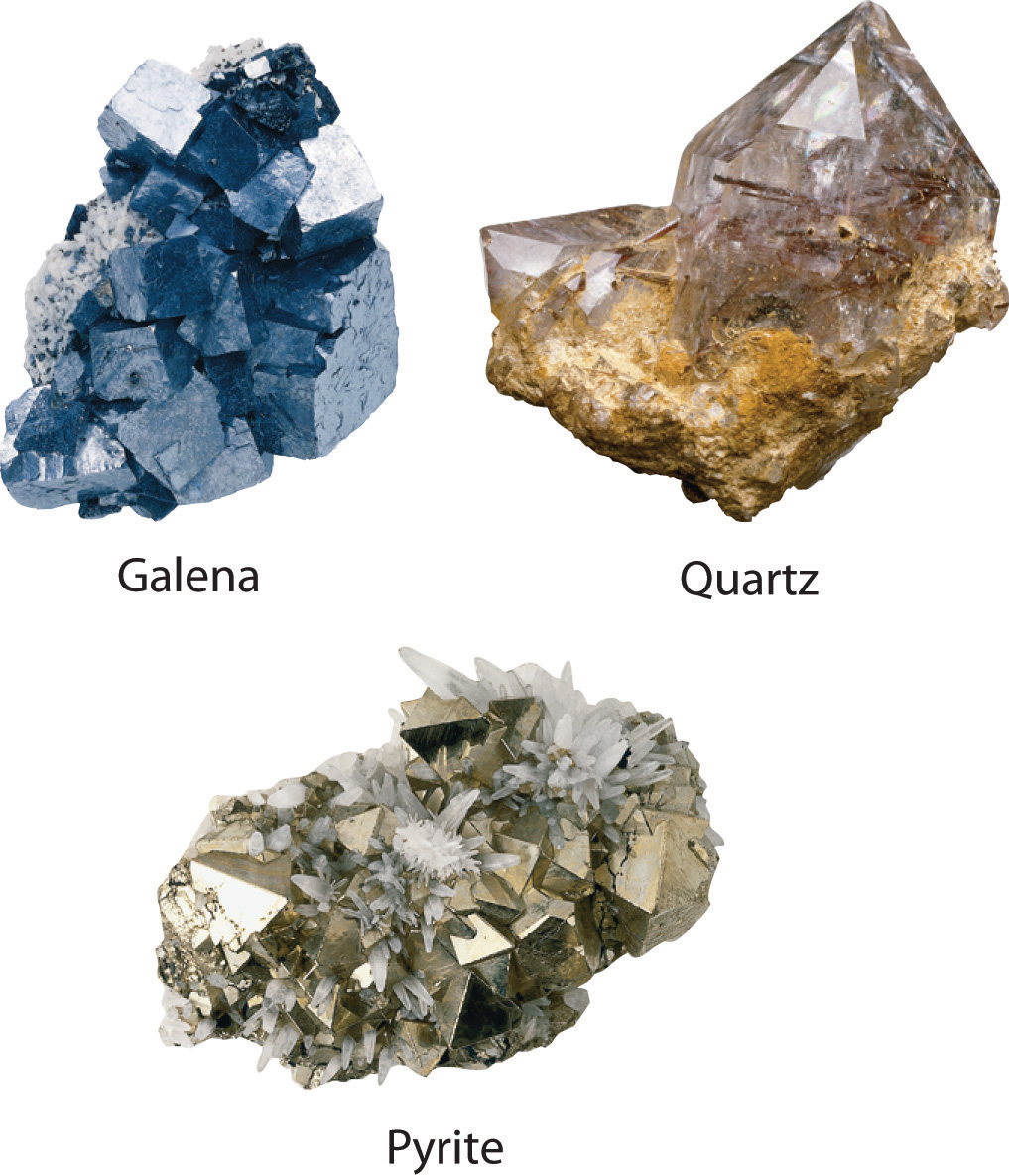
Crystalline and Amorphous Solids
Crystalline structure can be described based on the type of atoms, ions or molecules that it is made of, how they are bonded together, the 3 dimensional shape that the bonding creates, and the.

Linarite, crystalline mineral formed by the oxidation of galena and
crystalline rock, any rock composed entirely of crystallized minerals without glassy matter. Intrusive igneous rocks —those that congeal at depth—are virtually always crystalline, whereas extrusive igneous rocks, or volcanic rocks, may be partly to entirely glassy.

How Do Minerals Get Their Names?
The ultimate reason for any particular arrangement between the atoms in a mineral structure must lie in the nature of the cohesive forces which hold the structure together, and the equilibrium between these interatomic forces determines their mutual positions. Thus it would be logical to try to develop a classification of crystal structures.

Selective of Crystalline Minerals Stock Image Image of glow, detail
In geology and mineralogy, a mineral or mineral species is, broadly speaking, a solid substance with a fairly well-defined chemical composition and a specific crystal structure that occurs naturally in pure form. [1] [2] The geological definition of mineral normally excludes compounds that occur only in living organisms.
/GettyImages-583676186-58a1fe0a3df78c47586a758d.jpg)
Types of Crystals Shapes and Structures
Crystalline quartz contains a highly ordered arrangement of silicon and oxygen atoms, but in quartz glass the atoms are arranged almost randomly. When molten SiO 2 is cooled rapidly (4 K/min), it forms quartz glass, whereas the large, perfect quartz crystals sold in mineral shops have had cooling times of thousands of years. In contrast.
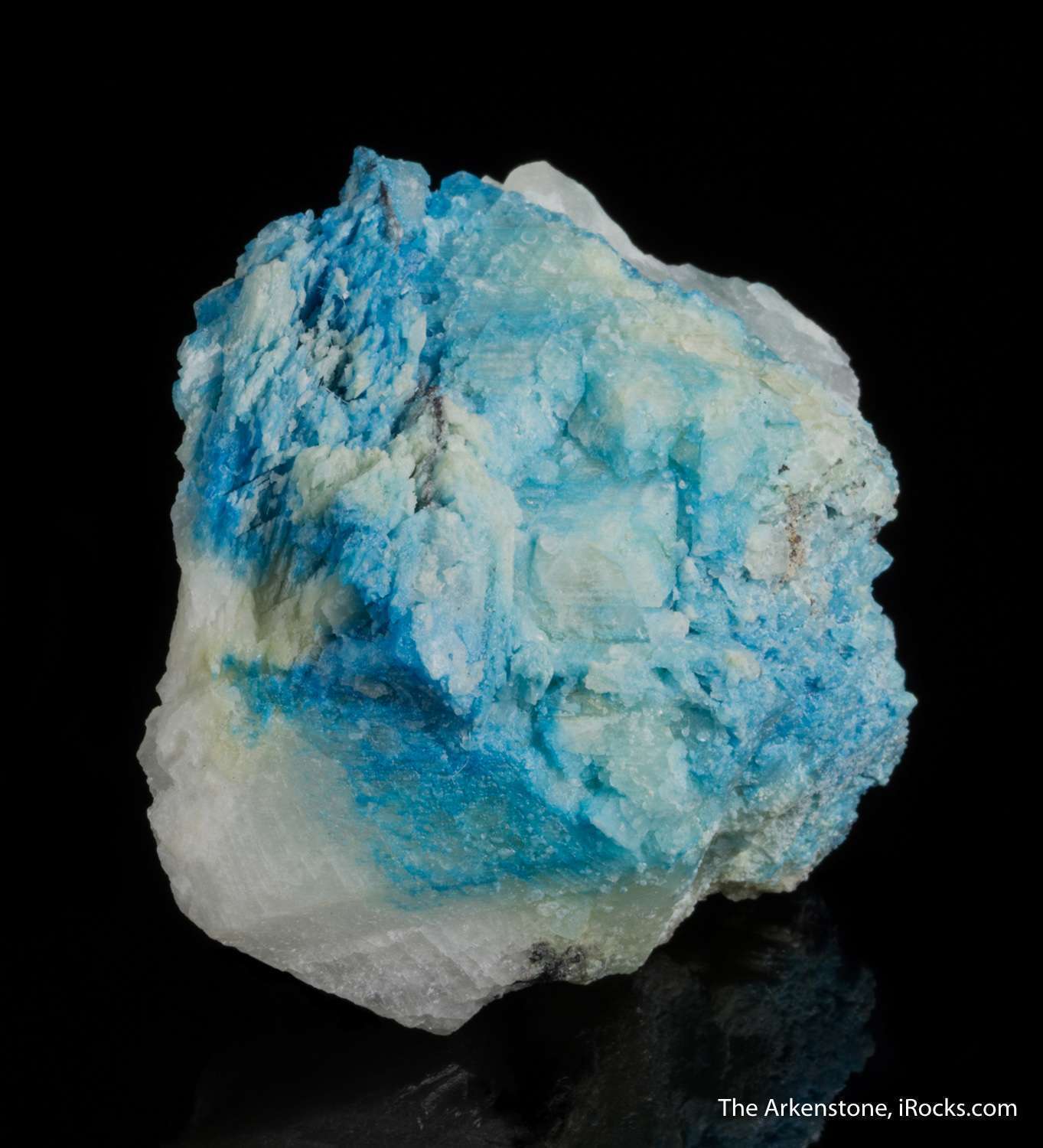
Turquoise (rare, crystalline) MUN1604 Mine USA Mineral
Quartz is a hard, crystalline mineral composed of silica ( silicon dioxide ). The atoms are linked in a continuous framework of SiO 4 silicon-oxygen tetrahedra, with each oxygen being shared between two tetrahedra, giving an overall chemical formula of SiO 2. Quartz is the second most abundant mineral in Earth 's continental crust, behind feldspar.
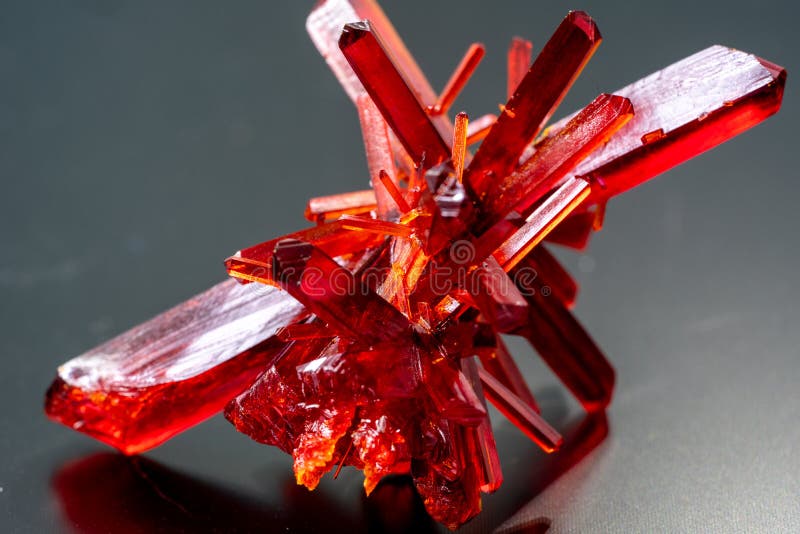
Red Crystalline Minerals on a Black Background Stock Photo Image of
Crystalline Solid. Minerals are crystalline solids. A crystal is a solid in which the atoms are arranged in a regular, repeating pattern (Figure 2.2 below). The pattern of atoms in different samples of the same mineral is the same. Is glass a mineral? Without a crystalline structure, even natural glass is not a mineral.
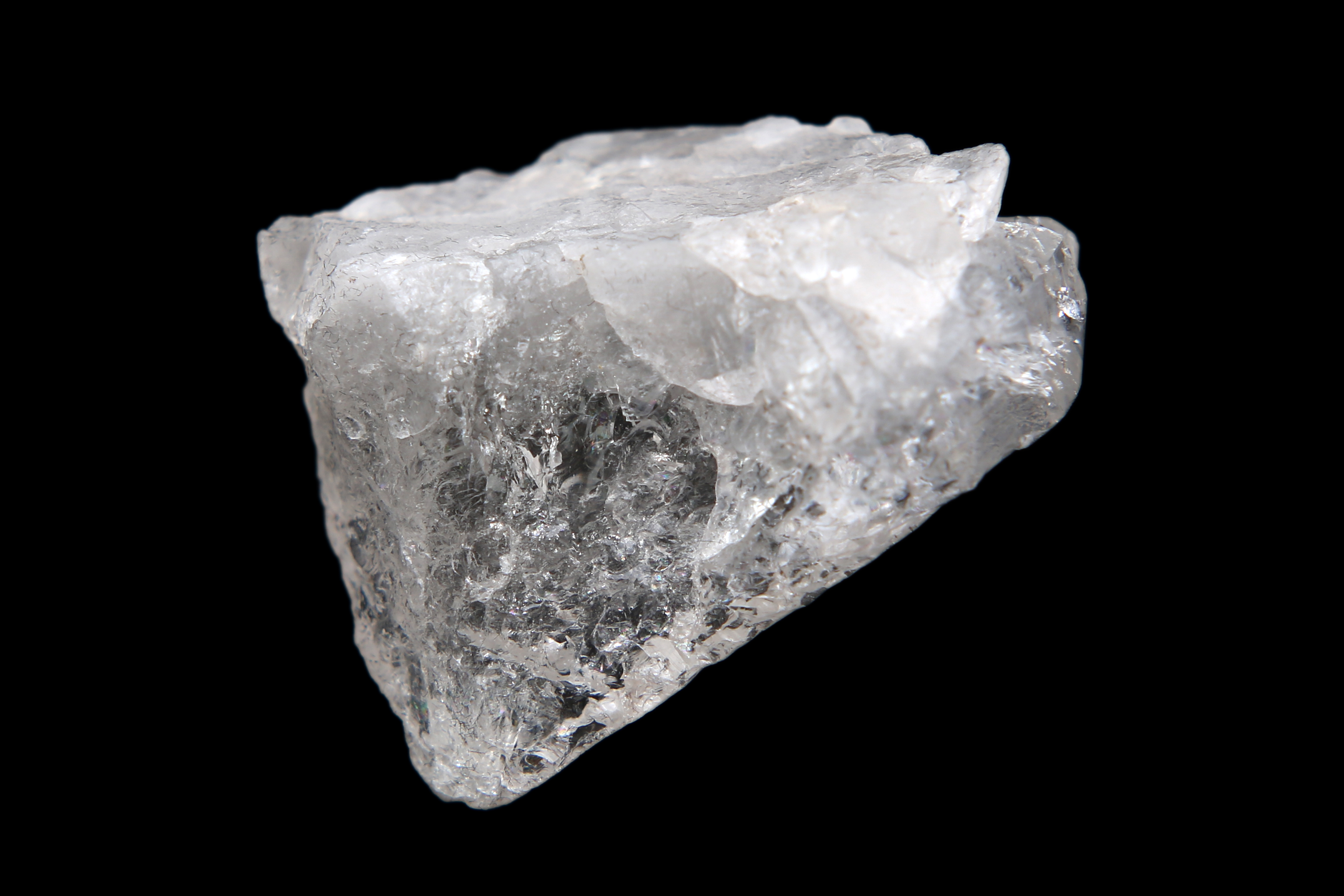
Quartz Crystal Mineral Specimen Celestial Earth Minerals
With just a few exceptions, all minerals are crystalline. Crystalline substances have an orderly and repetitive atomic arrangement. Crystals grow from small seeds and sometimes become very large. Igneous minerals precipitate from a magma; most of them are silicates. Aqueous minerals precipitate from water; they include compounds of high solubility.

Quartz Crystal Mineral Specimen Celestial Earth Minerals
The first minerals of the Earth were formed very early in time, mainly during the Hadean period. Minerals are only formed when there is energy release due to the recombination of the elements, however, this rearrangement can only occur with elements of certain chemical characteristics that will allow them to become incorporated into crystalline structures; these chemical differences become.

Linarite is a rare, crystalline mineral that is known among mineral
This is a list of minerals which have Wikipedia articles. Minerals are distinguished by various chemical and physical properties. Differences in chemical composition and crystal structure distinguish the various species.

Quartz is a hard crystalline mineral composed of silicon and Etsy
Banded minerals have narrow layers or bands of different color and/or texture. These may be a response to changes in the composition of the growth liquid, the sedimentary process, or other conditions. Mineral examples: quartz (agate), malachite, rhodochrosite, and fluorite. The photo above shows rhodochrosite cabochons that display a banded habit.

Red crystalline mineral Stock Image F030/2759 Science Photo Library
Trigonal (rhombohedral) crystals of quartz. Since a mineral has a definite composition, it can be expressed by a specific chemical formula. Quartz (silicon dioxide), for instance, is rendered as SiO 2, because the elements silicon (Si) and oxygen (O) are its only constituents and they invariably appear in a 1:2 ratio.

Background, Photo of a Particular Crystalline Mineral of a Stone
A crystal or crystalline solid is a solid material whose constituents (such as atoms, molecules, or ions) are arranged in a highly ordered microscopic structure, forming a crystal lattice that extends in all directions.